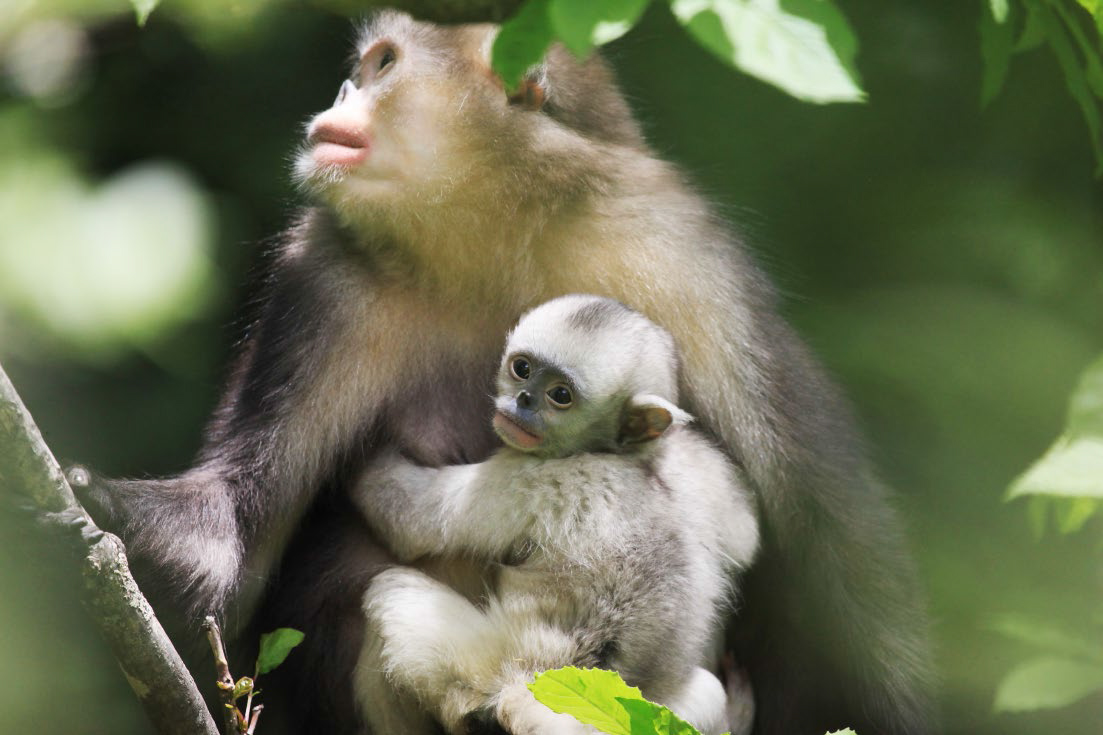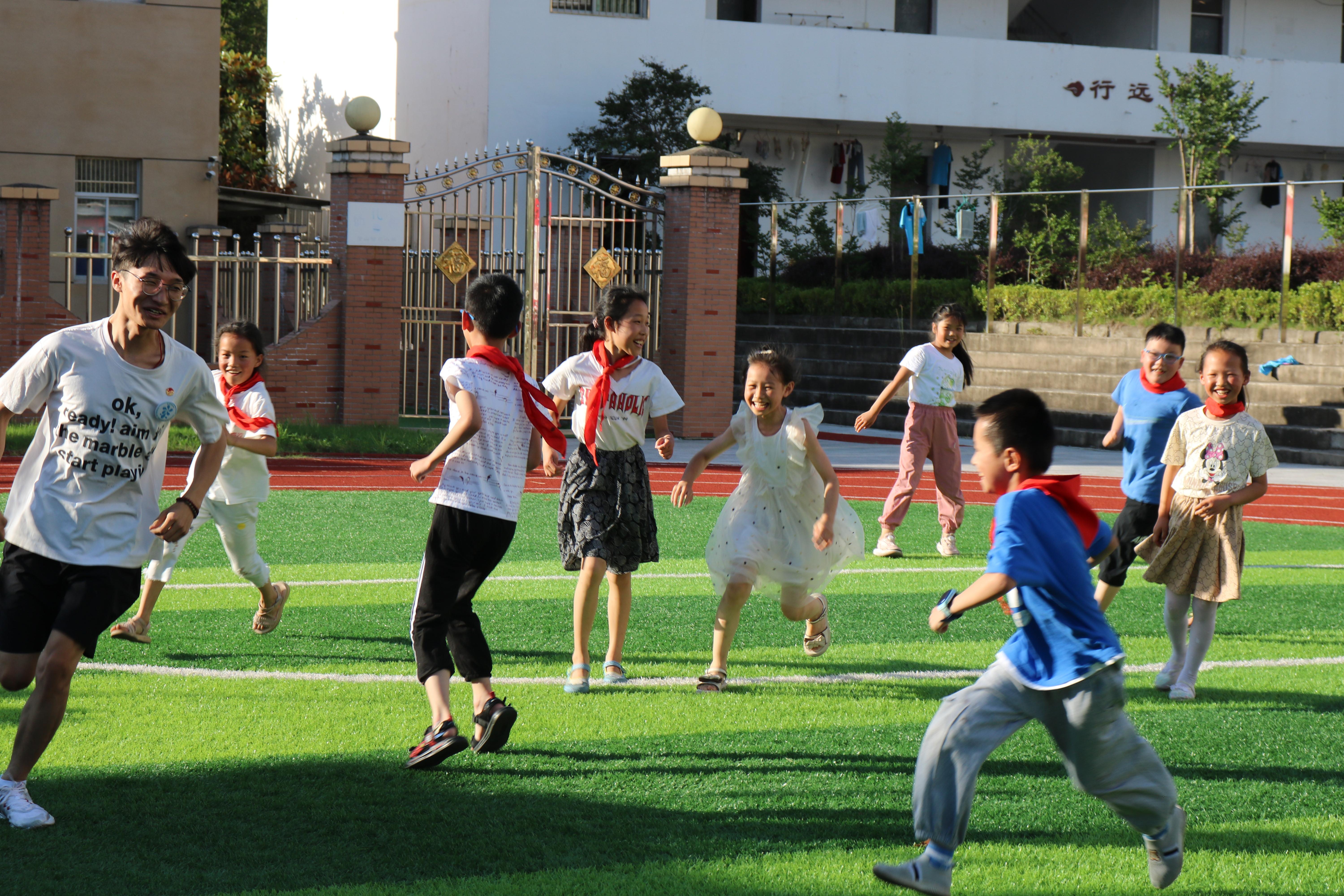Yunnan Pools Resourcesto Protect Endangered Monkey

Yunnan snub-nosed monkey. (PHOTO provided by Yunnan Provincial Bureau of Forestry and Grassland)
By ZHAO Hanbin & ZHONG Jianli
The Yunnan snub-nosed monkey, like the giant panda, is known as China's "national treasure," and is a national first-class protected animal on the endangered species Red List of the International Union for Conservation of Nature (IUCN).
To protect this endangered species, in 2019, Yunnan Provincial Bureau of Forestry and Grassland, Yunnan Green Environment Development Foundation, The Nature Conservancy (TNC), and other 10 institutions launched the Yunnan Snub-nosed Monkey Range-wide Conservation Network (YSMRCN), trying to build a joint protection mechanism that involves multiple parties.
From patrol monitoring and habitat restoration, to community and public participation, YSMRCN is committed to the sustainable growth of the Yunnan snub-nosed monkey and the overall improvement of its habitat and ecosystem.
After three years of development, YSMRCN now has 28 members, and has invested more than 40 million RMB in the conservation work.
In 2021, the first Yunnan snub-nosed monkey field scientific observation and research station was established in Yunling Provincial Nature Reserve. An area of 5,326 mu (355 hectares) of habitat vegetation for the animal was restored, and a total of 540,000 trees including the spruce, fir and Huashan pine were planted. In the same year, YSMRCN was selected as a "typical case of ecological restoration in China" by COP15.
Through constant efforts during the past 40 years, the number of Yunnan snub-nosed monkey groups has increased from 17 to 24, and the number of individual monkeys has increased from less than 2,000 to more than 3,800. Meanwhile, the primary threat factors for the endangered species has changed from hunting and habitat loss to habitat fragmentation.
To further promote the protection of the species and strengthen exchanges between members, the third meeting of YSMRCN was held in Dali city, Yunnan province earlier this August.
Experts at the meeting had in-depth discussions on various topics, including the scientific patrolling and surveillance, and habitat restoration for the endangered species.
Zhang Shuxia, deputy director of the Institute of Eastern Himalayas Biodiversity Research of Dali University, which is the second rotating chair of YSMRCN, said it is urgent for all members to carry out standardized monitoring, management and protection of Yunnan snub-nosed monkeys, and encourage more social participation in the work.







